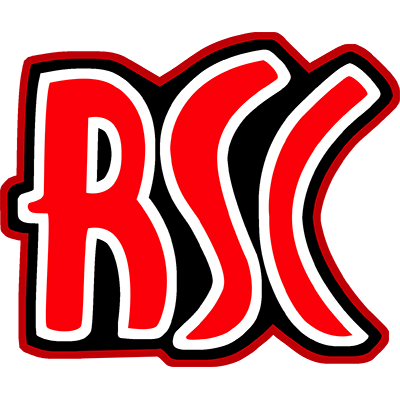Robert Gödicke
Hello everyone!
I just started my very first car project in 3DS Max, and there's something I am totally not happy with.
I was looking for tutorials and found this one.
The technique shown in the video is simple, but works. Creating an object starts with a simple object, afterwards you're selecting edges and "pull" them while holding the Shift Key to create new faces.
Like I said, it works, but somehow I got the impression that the car models of the professional rFactor modders, like those of ( _your_name_here_ ), probably use another technique to align their vertices in a way that they're forming perfect bézier curves like this:

I used the technique from the video and my very first few steps look like this:

You can clearly see that edges which belong together do not form such pretty curves like I've seen in other mods.
Now here's my question: Could someone please share their knowledge with me/us?
I know that you'll learn the most by try 'n' error, but a little help might come in handy.
Regards, Rob
I just started my very first car project in 3DS Max, and there's something I am totally not happy with.
I was looking for tutorials and found this one.
The technique shown in the video is simple, but works. Creating an object starts with a simple object, afterwards you're selecting edges and "pull" them while holding the Shift Key to create new faces.
Like I said, it works, but somehow I got the impression that the car models of the professional rFactor modders, like those of ( _your_name_here_ ), probably use another technique to align their vertices in a way that they're forming perfect bézier curves like this:

I used the technique from the video and my very first few steps look like this:

You can clearly see that edges which belong together do not form such pretty curves like I've seen in other mods.
Now here's my question: Could someone please share their knowledge with me/us?
I know that you'll learn the most by try 'n' error, but a little help might come in handy.
Regards, Rob



